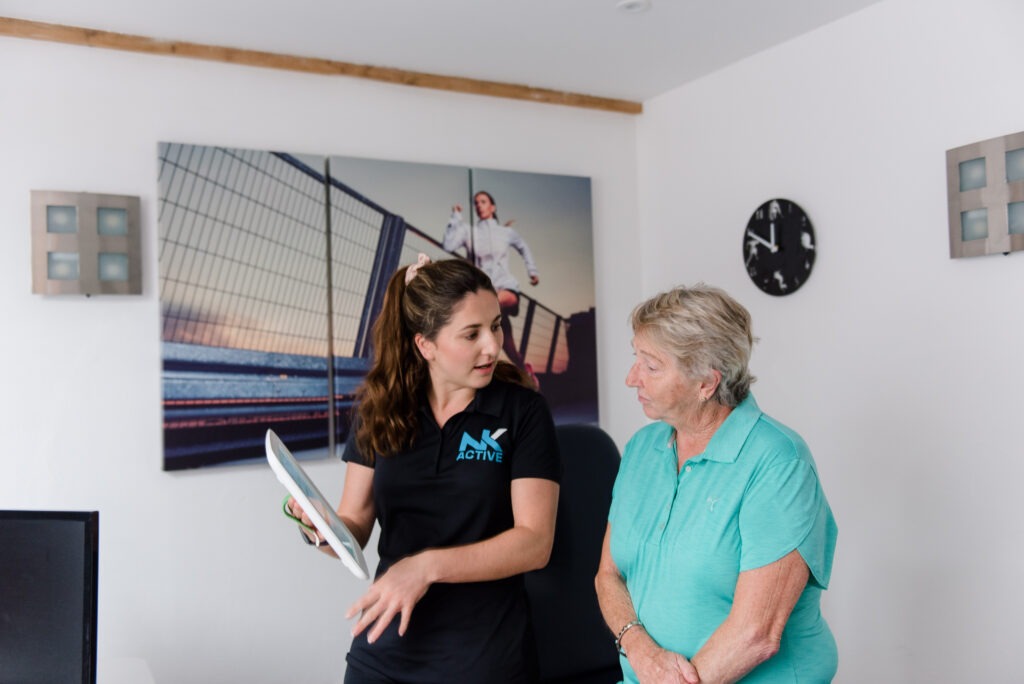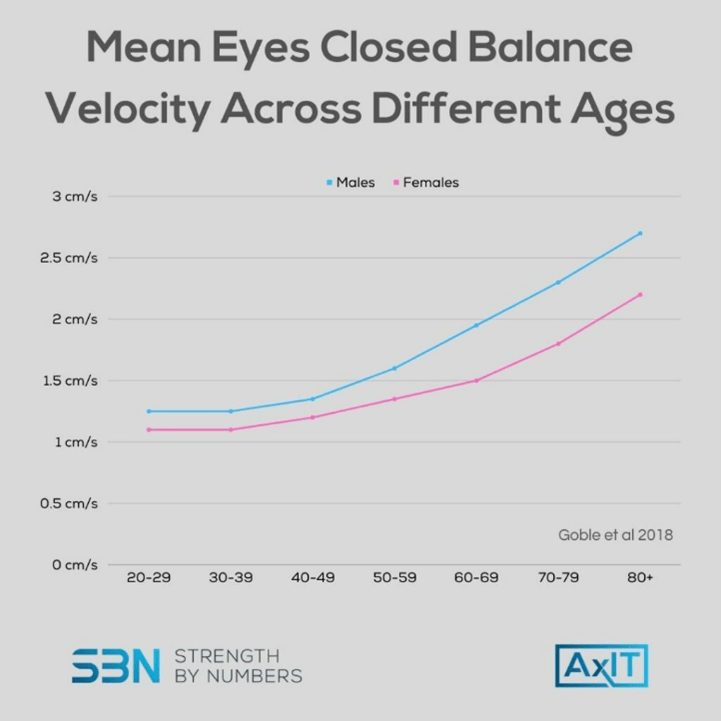
April 11, 2025
Using Force Plates to Measure Balance and Stability in Older Populations
As individuals age, maintaining balance becomes increasingly crucial to prevent falls and ensure independence. Force plates have emerged as valuable tools in assessing and enhancing balance among older adults.
What are Force Plates?
Force plates are devices that measure the forces exerted by the feet on the ground, providing detailed data on an individual’s balance and postural control. They capture metrics such as the centre of pressure (CoP), which reflects the point of application of the resultant force exerted by the body on the support surface, and postural sway that reflects how much a person is moving and correcting their position to maintain balance, whether it’s on one or both legs.
Assessing Balance in Older Adults
In older adults, balance assessments using force plates can identify deficits in postural control that may not be evident through simply timing how long they can stand on one leg. Measuring parameters like excursion and velocity, healthcare professionals can quantify balance impairments and tailor interventions accordingly.

Benefits of Force Plate Assessments
Objective Measurements: Force plates provide quantifiable data on balance, allowing for precise monitoring of changes over time.
Early Detection: Subtle balance issues can be identified before they lead to falls, enabling proactive interventions.
Customised Interventions: Data from force plate assessments guide the development of personalised balance training programmes.
Implementing Force Plate Assessments
To effectively use force plates in assessing balance among older adults:
Baseline Evaluation: Conduct initial assessments to determine current balance status.
Regular Monitoring: Schedule periodic assessments to track progress and adjust interventions as needed.
Tailored Training: Develop individualised balance training programmes based on assessment data.
At NK Active we use force plate assessment evaluations to significantly enhance the understanding of balance issues and to provide a clear picture that will show change over time – increases with practice, or decreases if no action is taken.
Force Plates can provide motivation for action and ultimately contribute to reduced risk of falls and instability, leading to an improved and quality of life.
